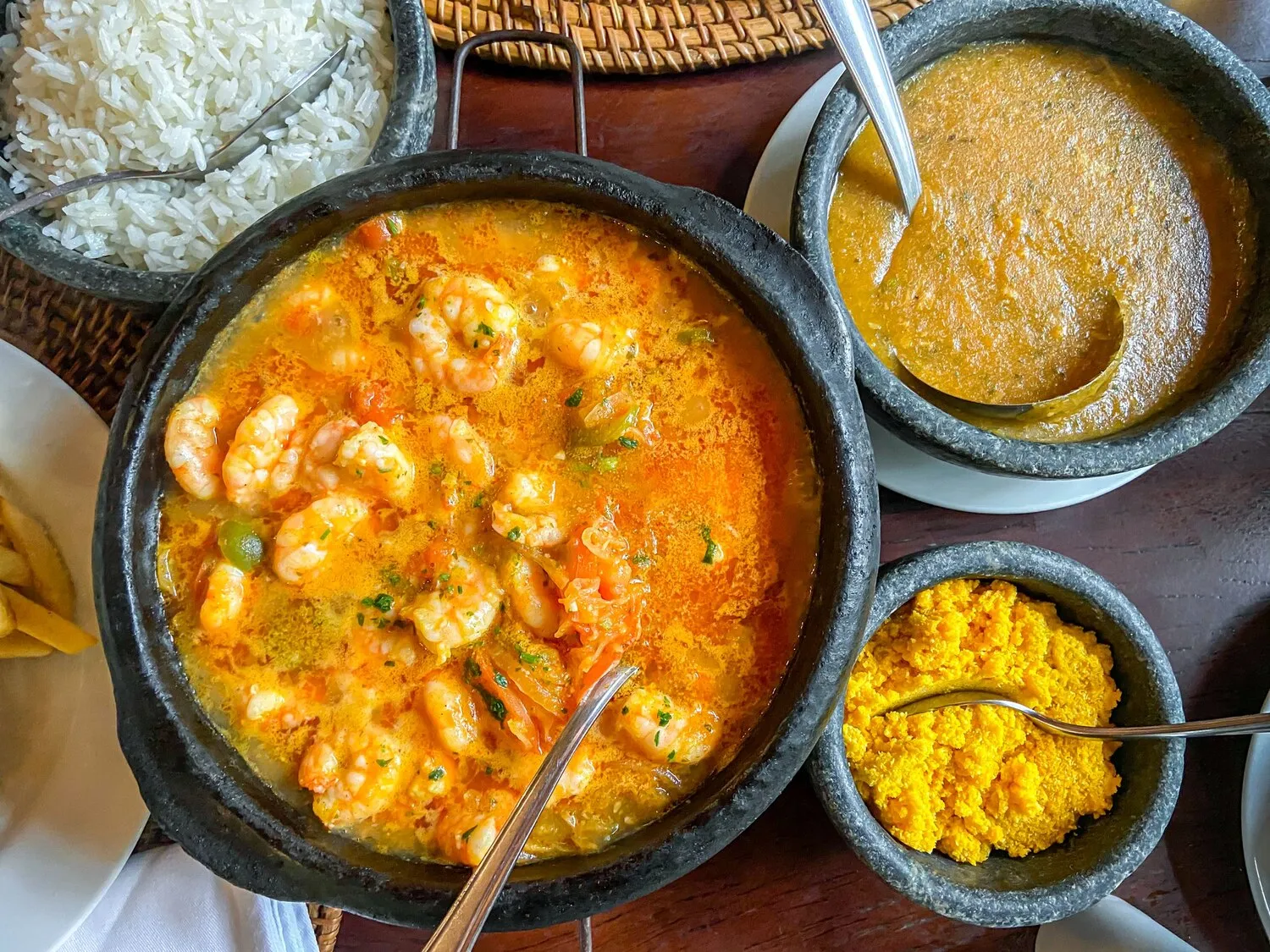
Curry Dishes
Sanga offers a variety of curry dishes, likely including options with chicken, beef, or vegetables in different curry styles (e.g., red curry, green curry, massaman curry).
Nutrition Facts
* The % Daily Value (DV) tells you how much a nutrient in a serving of food contributes to a daily diet. 2,000 calories a day is used for general nutrition advice.
Curry's history stretches back thousands of years in India, where spice blends were used to flavor stews and sauces. Over time, these culinary traditions spread throughout Asia and beyond, adapting to local ingredients and preferences. Thai curries, for example, showcase a distinct evolution with the introduction of ingredients like coconut milk and galangal.
Curry is more than just a dish; it's a central part of culinary heritage and social gatherings in many cultures. It often represents hospitality, celebration, and a shared dining experience.
Communal Eating
In many cultures, curry is served family-style, encouraging sharing and conversation around the table.
Festival Food
Curry dishes are frequently featured in festivals and celebrations, representing abundance and good fortune.
Regional Variations
Each region boasts its own unique curry variations, reflecting local ingredients, culinary techniques, and cultural preferences.
Curry dishes are characterized by a complex interplay of spices, aromatics, and often, a creamy richness. The flavor profiles can range from fiery hot to subtly sweet and savory, depending on the specific curry paste and ingredients used.
Common flavor components include chili peppers (for heat), turmeric (for earthy notes and color), coriander, cumin, ginger, garlic, and lemongrass. Coconut milk adds creaminess and sweetness, while fish sauce (in Southeast Asian curries) provides umami. Specific curry pastes, like red, green, and yellow, contribute unique blends of spices, herbs, and chilies. Meats like chicken and beef absorb these flavors, while vegetables offer their own textures and tastes, complementing the overall profile.
Bloom the Spices
Toasting spices in oil before adding other ingredients releases their essential oils and enhances their flavor.
Use Fresh Ingredients
Fresh herbs, spices, and aromatics like ginger and garlic contribute to a more vibrant and complex flavor.
Adjust Spice Levels
Start with a small amount of chili paste or powder and gradually add more to achieve your desired level of spiciness.
Simmer for Depth
Allowing the curry to simmer gently for an extended period allows the flavors to meld and deepen.
Explore additional Stew dishes and restaurants
Explore StewDiscover top dining spots and culinary experiences in Namur.
Explore NamurLearn more about the food culture, restaurant scene, and culinary heritage of Belgium.
Explore Belgium